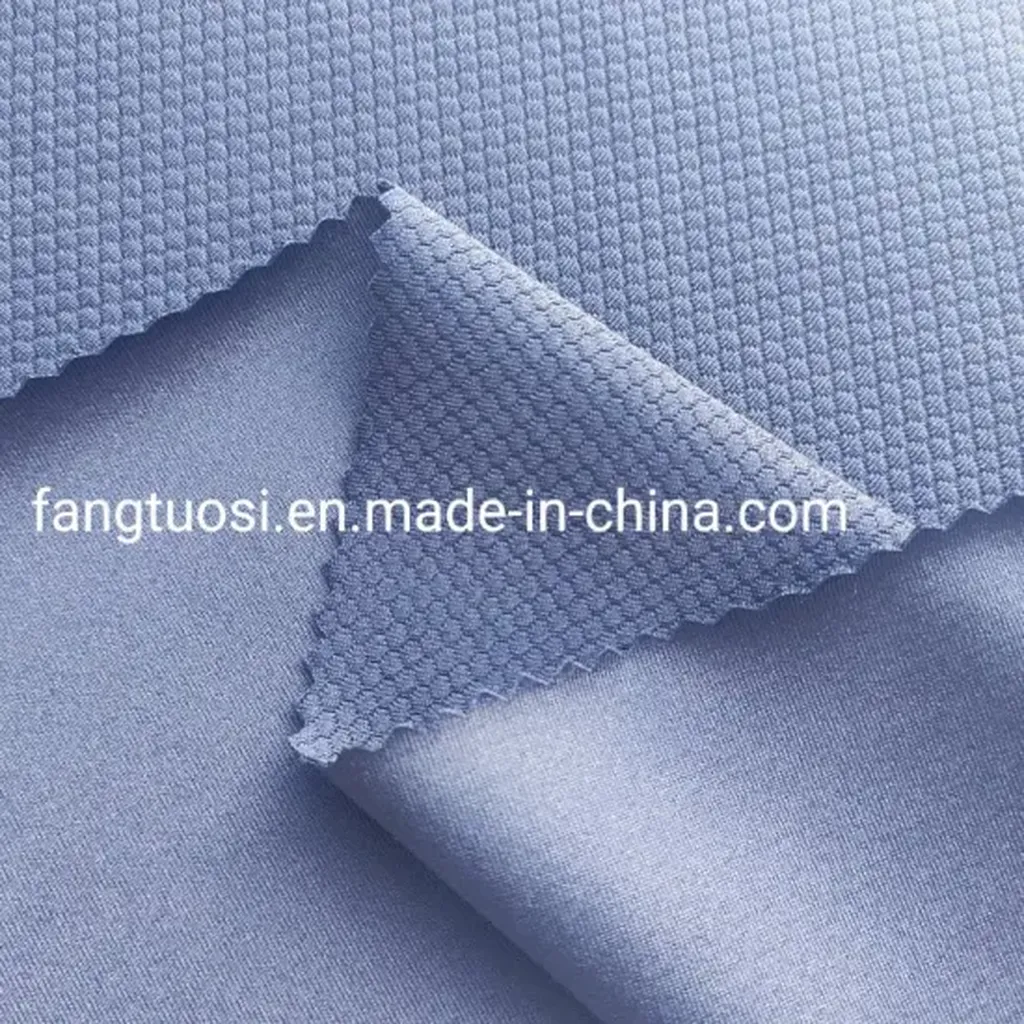In a groundbreaking development for the textile industry, researchers have unveiled a novel method to enhance the functionality of wool fabrics, making them more durable, photostable, and antibacterial. This innovation, led by Esfandiar Pakdel from the Joint Research Centre for Fiber Innovations and Renewable Materials (JRC-FIRM) at The Hong Kong Polytechnic University, could have significant implications for various sectors, including energy, where functional textiles play a crucial role.
The study, published in the journal ‘Applied Surface Science Advances’ (translated as ‘Advanced Research on Applied Surface Science’), focuses on modifying the surface chemistry of wool fibers through a process called acylation, followed by a post-treatment with titanium dioxide (TiO2) nanocoating. This dual-treatment approach addresses the common issue of poor durability of nanocoatings on textiles, ensuring that the functional properties of the fabric are long-lasting.
One of the most notable findings of this research is the enhanced photostability of the modified wool fabric. “The modified fabric exhibited excellent photostability under UVA radiation,” Pakdel explained. This property is particularly valuable for outdoor applications, where fabrics are constantly exposed to sunlight and need to maintain their integrity over time.
In addition to photostability, the treated fabric also demonstrated superior UV protection, with a UV Protection Factor (UPF) of 140. This represents a 37% improvement compared to untreated wool, offering better protection against harmful UV rays. The fabric also exhibited antibacterial properties, effectively inhibiting the growth of Escherichia coli (E. coli) and Staphylococcus aureus (S. aureus) bacteria. This feature is particularly relevant for applications in healthcare and hygiene-sensitive environments.
The research also highlighted the fabric’s hydrophilic nature, meaning it has a strong affinity for water. This property, combined with its durability—maintaining functionality up to five accelerated wash cycles—makes it an ideal candidate for various industrial and consumer applications.
The study’s findings were supported by comprehensive analyses using advanced techniques such as X-ray photoelectron spectroscopy (XPS), Fourier-transform infrared spectroscopy (FTIR), scanning electron microscopy (SEM), and energy-dispersive X-ray (EDX) mapping. These analyses provided a detailed characterization of the nano-treated fabrics, confirming the successful modification of the wool fibers.
The implications of this research are far-reaching. In the energy sector, for instance, functional textiles are used in solar panels, batteries, and other energy storage devices. The enhanced photostability and UV protection properties of the modified wool fabric could lead to more durable and efficient energy solutions. Additionally, the antibacterial and hydrophilic properties could be beneficial in applications requiring clean and sterile environments, such as in medical textiles and filtration systems.
As the world continues to seek sustainable and multifunctional materials, this research paves the way for the development of advanced textiles that can meet the demands of various industries. By addressing the challenges of durability and functionality, Pakdel and his team have opened up new possibilities for the future of textile technology.

